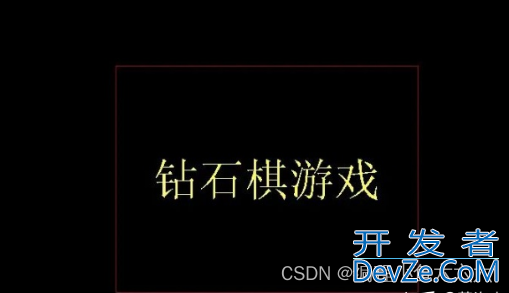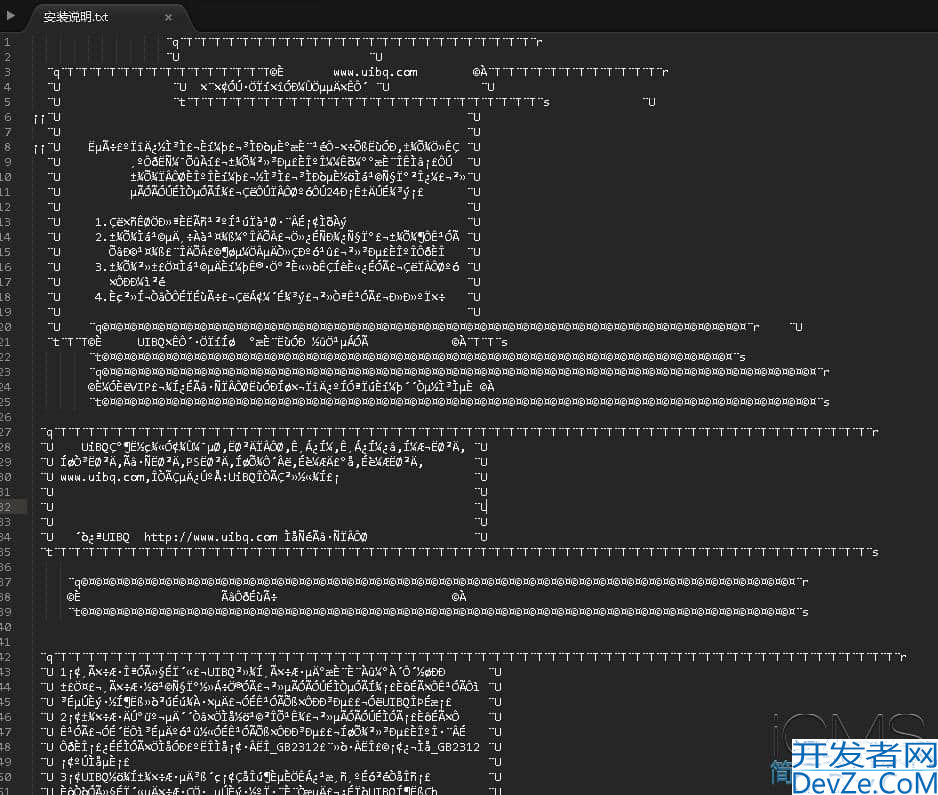Java CompletableFuture与ForkJoinPool的关系及说明
目录
- CompletableFuture 与 ForkJpythonoinPool 的关系
- 1. 默认行为
- 2. 自定义线程池
- 3. ForkJoinPool 的特点
- 4. 为什么选择 ForkJoinPool
- 5. 实际应用建议
- 6. 示例代码
- 7. 注意事项
- 总结
CompletableFuture 与 ForkJoinPool 的关系
CompletableFuture 默认使用 ForkJoinPool.commonPool() 来执行异步任务,但这不是唯一的选择。
1. 默认行为
当您使用以下方法创建异步任务时,默认会使用 ForkJoinPool.commonPool():
CompletableFuture.supplyAsync(() -> {...}); // 使用ForkJoin编程客栈Pool.commonPool()
CompletableFuture.runAsync(() -> {...}); // 使用ForkJoinPooLQinPfRol.commonPool()
2. 自定义线程池
您也可以显式指定其他 Executor(线程池):
ExecutorService customExecutor = Executors.newFixedThreadPool(10);
CompletableFuture.supplyAsync(() -> {...}, customExecutor); // 使用自定义线程池
3. ForkJoinPool 的特点
ForkJoinPool.commonPool() 是一个共享的工作窃取线程池,具有以下特性:
- 默认线程数等于 CPU 核心数减一(Runtime.getRuntime().availableProcessors() - 1)
- 使用工作窃取(work-stealing)算法,适合处理大量小任务
- 是 JVM 全局共享的,适合轻量级并行任务
4. 为什么选择 ForkJoinPool
Java 设计者选择 ForkJoinPool 作为默认实现是因为:
- 工作窃取算法:可以更好地利用多核处理器
- 适合异步任务:
CompletableFuture通常用于组合多个小任务 - 避免线程创建开销:使用共享池减少资源消耗
5. 实际应用建议
- CPU密集型任务:使用默认的
ForkJoinPool通常效果不错 - IO密集型任务:建议使用自定义的固定大小线程池(如
Executors.newFixedThreadPool) - 长时间运行任务:避免使用公共池,以免影响其他使用公共池的功能
6. 示例代码
import java.util.concurrent.*;
public class CompletableFuturePoolExample {
public static void main(String[] args) {
// 默认使用ForkJoinPool.commonPool()
CompletableFuture<Void> defaultPoolFuture = CompletableFuture.runAsync(() -> {
System.out.println("Default pool - Thread: " + Thread.currentThread().getName());
});
// 使用自定义线程池
ExecutorService customPool = Executors.newFixedThreadPool(2);
CompletableFuture<Void> customPoolFuture = CompletableFuture.runAsync(() -> {
System.out.println("Custom pool - Thread: " + Thread.currentThread().getName());
}, customPool);
// 等待任务完javascript成
CompletableFuture.allOf(defaultPoolFuture, customPoohttp://www.devze.comlFuture).join();
customPool.shutdown();
}
}
7. 注意事项
公共池的大小可以通过系统属性调整:
System.setProperty("java.util.concurrent.ForkJoinPool.common.parallelism", "8");
在 Java 9+ 中,公共池的默认行为有所改变,使用更保守的线程数策略
总结
CompletableFuture 默认确实基于 ForkJoinPool,但可以根据需要灵活选择其他线程池实现。
以上为个人经验,希望能给大家一个参考,也希望大家多多支持编程客栈(www.devze.com)。





 加载中,请稍侯......
加载中,请稍侯......
精彩评论